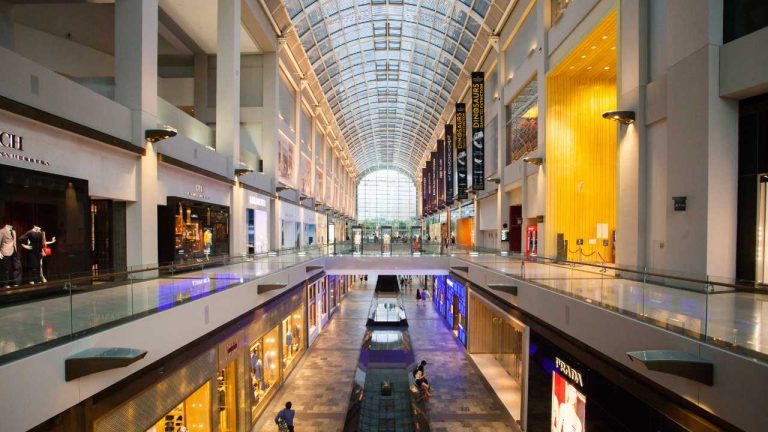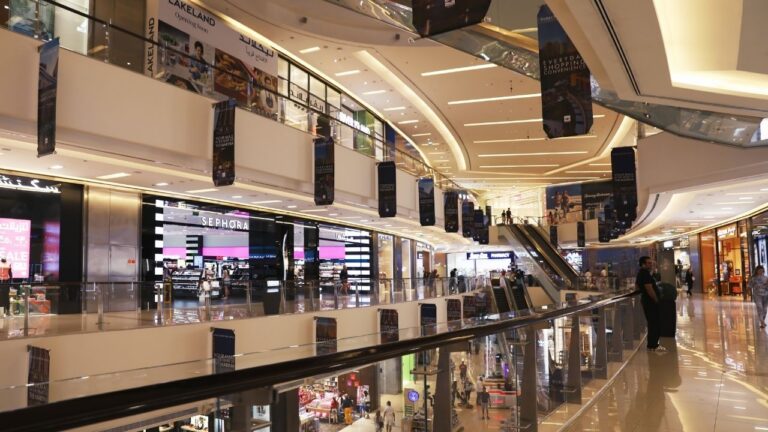The Rules of How to Establish a Shopping Center Management Office
When you take over a new retail shopping center or perhaps a shopping center that is already established and operational, you quickly have to get a team of experienced people into the property to control the asset and set in place some directions and strategies. Timing is important to the results that you achieve.
Running a retail shopping center is almost like a running a complex business, albeit a very special one at that; there are factors of retail risk, volatility, and reward all to be balanced and controlled. Many parts of the retail property process come together to impact the end result.
All members of your property management team should be chosen for their skills and knowledge with retail property. The property management team at the start of the property engagement should be briefed and directed towards the landlord’s investment targets. Every landlord is different and special as are the targets that they are working towards.
How to get started?
If I was establishing a new retail center management office today, this would be my checklist to get things started. The following factors are some of the main issues that would be considered, shaped and staffed to achieve the direction that the property and the landlord needs.
Here are some ideas to help you:
- Lease management – The leases across the property should be checked almost immediately against the tenancy schedule to look for critical issues that are soon to occur or have not yet been addressed. All leases should be read and key factors extracted from the documents. Some of those leases will be better from an investment perspective than others, so you will need to pick the differences ready for any actions to be taken. A lot will depend on how the rents are paid, when they are paid and how the rents escalate. When you read each lease you can see how those things work.
- Rent and arrears – Check all current rental invoices to understand that all rents are up to date in accordance with leases and occupancy licences. As part of that process look for the arrears that may exist and ask about what is being done with those arrears.
- Budgets and Rents – The income and expenditure factors for the property will show trends and provide histories of payments. You can compare market rents and expenditures by property type to see where averages exceed or fall below market trends.
- Tenant management – Some tenants will be better than others from a cooperation and property perspective. Connect with your tenants very soon after property take up, given that the tenants will talk amongst themselves if they are not controlled from the outset. Ask those tenants about any concerns or outstanding matters that need to be worked on. Given that they occupy the premises every day, they are likely to see things before you do.
- Property maintenance – There will be current maintenance issues to action or control. When it comes to maintaining a commercial or retail property, maintenance activities should be planned and structured to a budget. There will be differences between preventative and immediate maintenance issues. Safety is a big issue to watch in commercial and retail property management.
- Risk management – Some property operational issues create risk and threat of injury. There can also be associated property impact or damage. The contractors for the property will generally know the things that are important or soon to create a problem. Meet with your contractors soon as part of a property takeover.
- Customer services – In a shopping center the visitors and customers should be encouraged to return and purchase more goods and or shop again. The property should be designed to encourage repeat customer sales and return shopping. The appearance of the common areas, and the services and amenities in the property will have a lot to do with that process.
- Tenant mix – Within any property there will be pockets of strength and weakness in the tenant mix. The opportunity is to see the factors for what they are and act on them early. Top tenants need support, and weak tenants need replacing or helping. Either way the idea is to strengthen the property over the medium term.
- Property marketing – With any retail property the marketing process is fundamentally important to attracting customers to the shopping center. There should be a promotional budget to support the marketing process and that budget should be merged into the property lease with every tenant. When you have customers you can grow sales, and help the tenants improve business activity. If you have the right tenants in the tenant mix then you can compound the sales potential for the property. To underpin all of these things you do need to look at the marketing process and understand just how the marketing is undertaken in the property.
So these initial investigations will help you get the retail property under control in the initial sense. From that point on you can improve things and fix any issues or weaknesses; that’s what shopping center management and leasing is all about.





